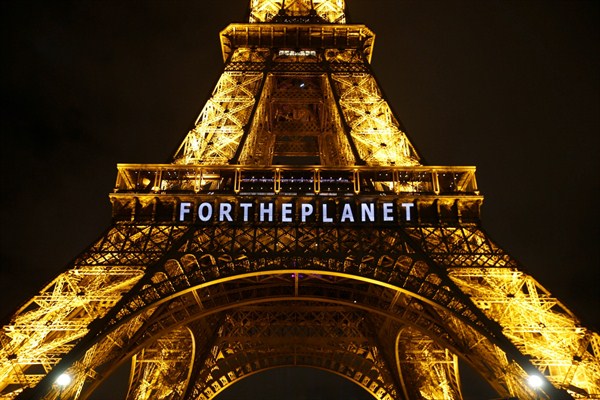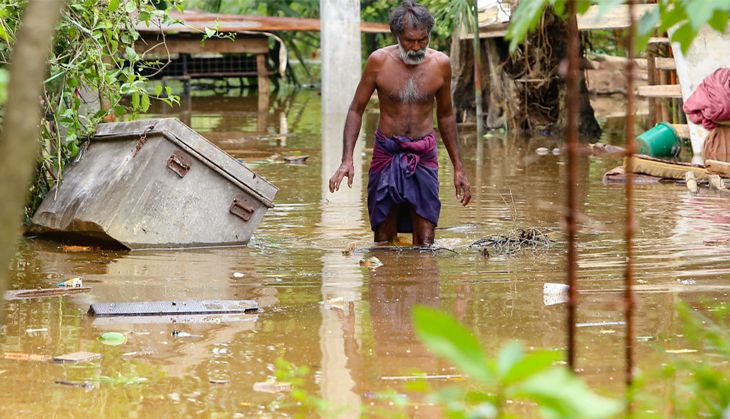 What do flooding in Sri Lanka and a heatwave in Asia have in common?
What do flooding in Sri Lanka and a heatwave in Asia have in common?
Last week, the island nation of Sri Lanka in the Indian Ocean suffered devastating floods and landslides. More than 200 people lost their lives and half a million were forced out of their homes, with some towns under 18 feet of water. This is one of the worst floodings the country has seen, even as more rains are expected.
Meanwhile, in a study released this week, the heatwave of 2016 in Southeast Asia has been linked to a weather phenomenon known as El Niño and a continuous and long-term rise in our Earth's temperature. Already, 2017 is turning out to be another hot year with extreme temperatures in countries such as Vietnam, Pakistan, India, and the Middle East.
Global Warming: The Evidence
One may look at the four long years of drought in California followed by the heavy rains this year, and conclude this is natural. Or convince themselves that our Earth's climate has been changing throughout history and will settle in a few years.

But there is a difference between short-term weather and long-term climate. Erik Larson, who works at the NOAA (National Oceanic and Atmospheric Administration), explains the difference in this article (read the entire series here). Scientists like Erik have been collecting and analyzing data for decades from land-monitoring systems as well as satellites orbiting our Earth.
Scientists have also examined ice cores in places like Antarctica that are far from any human activity. And they have found increased levels of carbon dioxide - the greenhouse gas that is primarily responsible for global warming, since industrialization.
There is more evidence from other remote parts of our world. With ice sheets melting at the poles, sea levels have risen globally by about 8 inches and many islands in the Pacific Ocean are shrinking and disappearing. Our oceans are getting warmer and more acidic as they absorb carbon dioxide, and this is causing bleaching of corals and an impact on underwater ecosystems.
Paris Climate Accord
One of the largest culprits of global warming is carbon dioxide that is released through the burning of fossil fuels like coal and gas. Recognizing that we humans are pushing our planet to the brink, countries around the world have been coming together to take action.
In December of 2015, 195 countries agreed to a global accord (or treaty) to reduce the emission of greenhouse gases and keep our planet's increase in temperature to under 2 degrees Celsius (or 3.6 degrees Fahrenheit). Currently, our Earth is experiencing an average temperature rise of 1.1 degrees Celsius.
According to the agreement made under the guidance of the United Nations, every country - rich or poor, would have to take steps to reduce the use of fossil fuels. It also places an obligation on rich countries to help poor countries, the reasoning being that the countries that are advanced today have burned large amounts of fossil fuels in the past. By 2020, delegates from each of the countries have to provide an update on their pledges.









